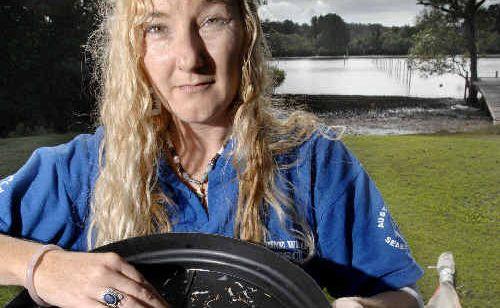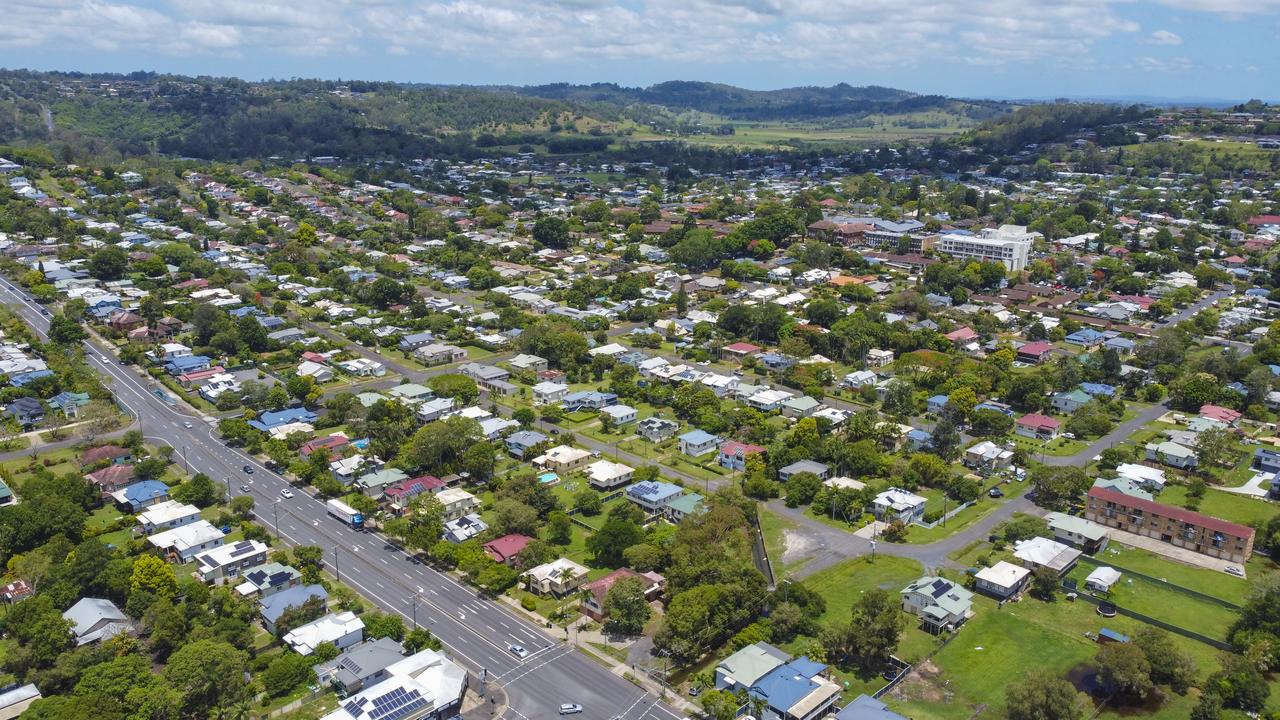Plastics a killer for sea turtles
EVEN a tiny piece of plastic could kill a sea turtle, Australian Seabird Rescue (ARS) project co-ordinator Kathrina Southwell said.

Lismore
Don't miss out on the headlines from Lismore. Followed categories will be added to My News.
EVEN a tiny piece of plastic could kill a sea turtle, Australian Seabird Rescue (ARS) project co-ordinator Kathrina Southwell said.
“I’ve seen a hatchling die from eating just the smallest bit,” she said. “It’s really very sad.”
Ballina-based ASR hasbecome involved in a new global research program which uses a specially-designed trawl net to take surface samples from the ocean.
The aim is to find out thelevel of plastic pollution in various areas.
The ASR team did a trial in the Richmond River last week and were shocked at what they found.
“We thought we’d try it out in the river first, because it’s been too rough to go out into the ocean,” Ms Southwell said.
“We only trawled for about 250 metres, but we found heaps of these small plastic ties. We think they may have washed into the river from farms.
“We can’t wait to get outinto the ocean – we’ll be doing that as soon as we can.
“But I’d also like to do a full trawl of the river, considering how much plastic we found in just 250 metres.”
Ms Southwell has been a volunteer with ASR for 10 years.
She said people had started to care more about the environment and the health of the Richmond River.
But that hasn’t equated into a decline in the amount of litter entering local waterways.
“Unfortunately, I can’t say there is less litter out there now than there was 10 years ago,” she said.
“I do a bit of work over at South Ballina as well, helping to protect the pied oystercatchers.
“Walking along the beach it’s pretty easy to fill a bag with all the litter you collect.
“And you go back the next day and do it all again.
“It can be pretty disheartening, but someone has to do it.
“It would be really great if everyone, when they saw a bit of plastic on the ground or a piece of litter, just picked it up so that it doesn’t get into our waterways.”
Trawling for plastic in the ocean will start as soon as conditions improve.
PLASTICS MENACE
About 100,000 marine animals, including whales, birds, seals and turtles, are killed every year after they eat plastic.
Animals can’t digest plastic, so it blocks the stomach and leads to death.
It takes more than 1000 years for a plastic bag to break down.
Australians use about 10 million plastic bags every day.
(Source: Planet Ark)
Originally published as Plastics a killer for sea turtles


